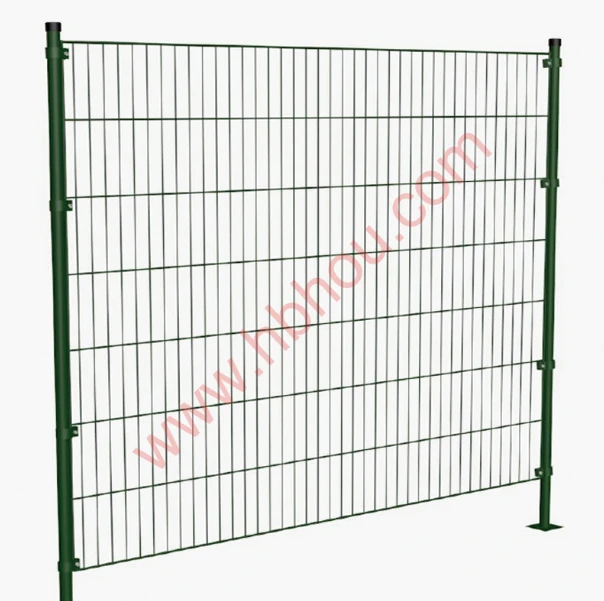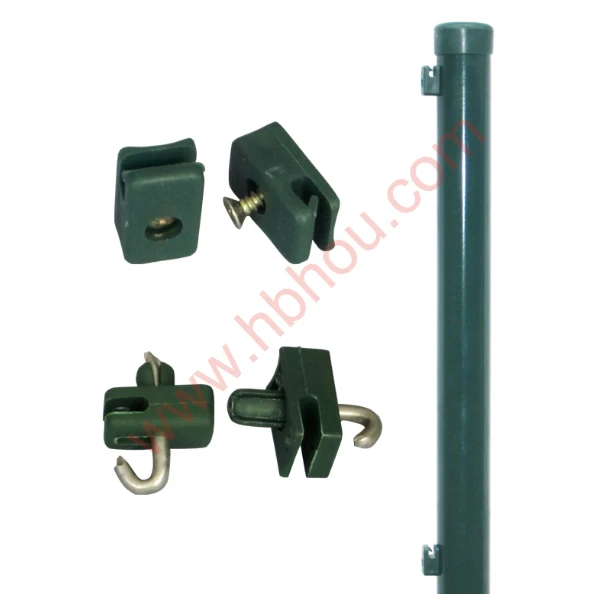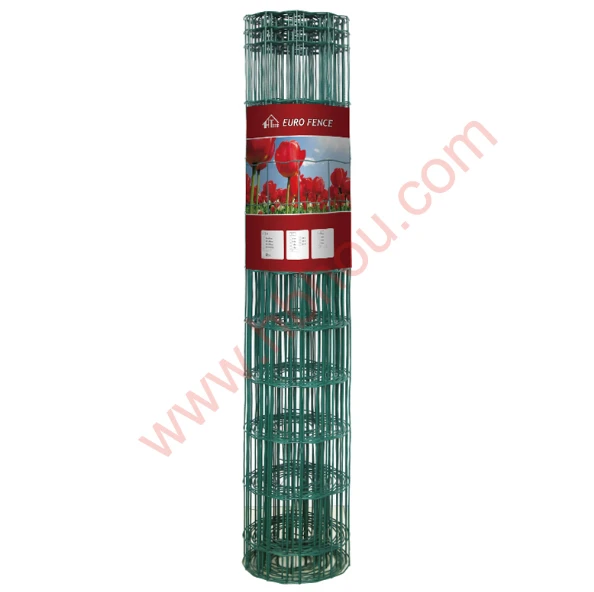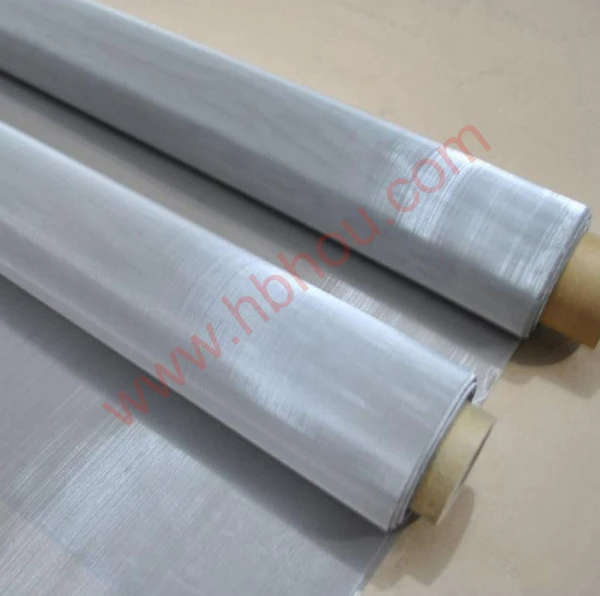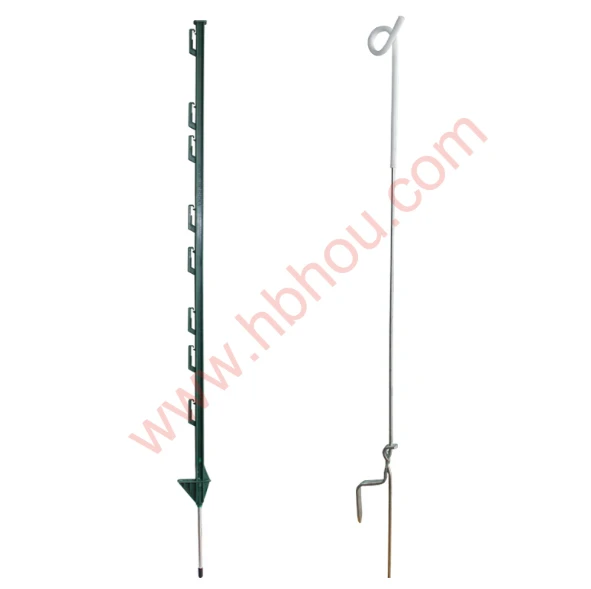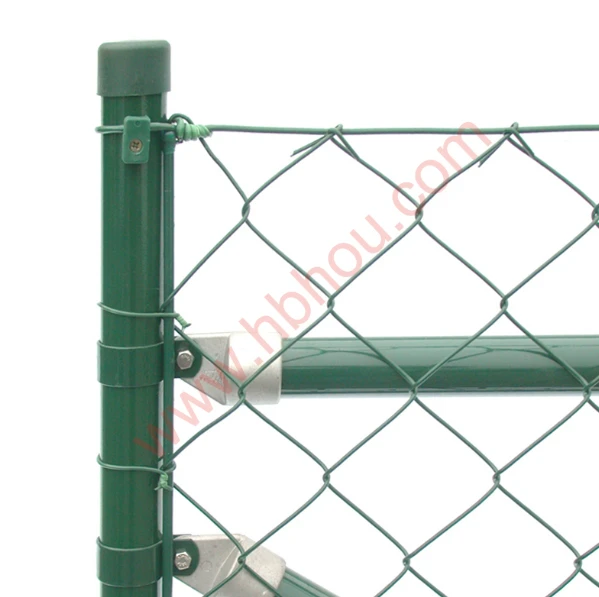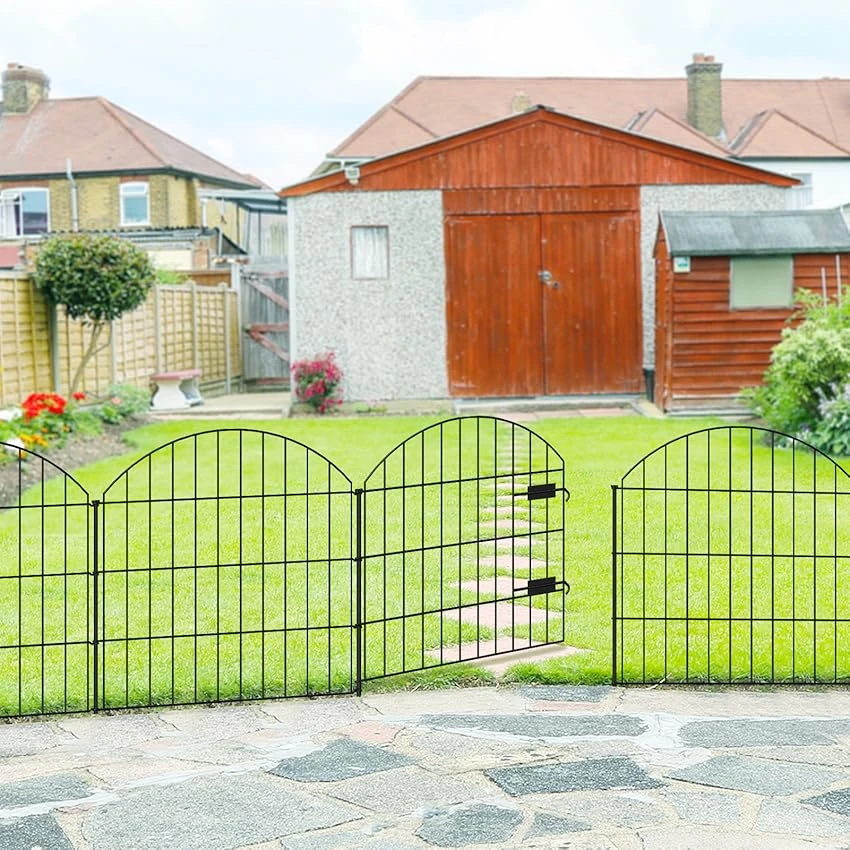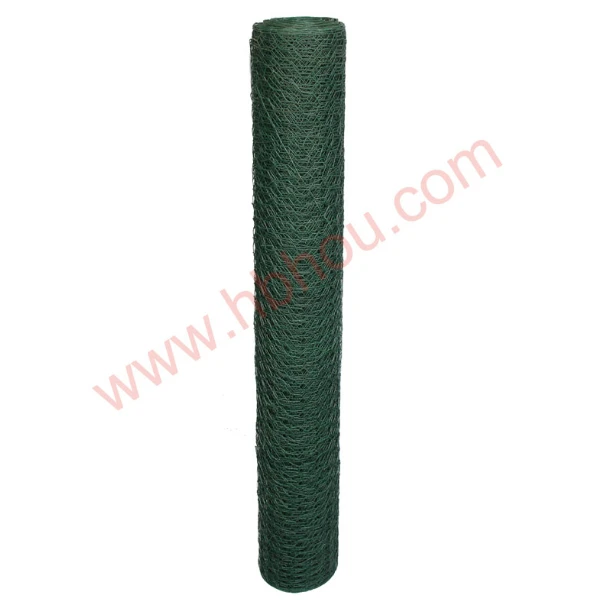Brass Woven Wire Mesh Characteristics and Applications
Brass woven wire mesh is a unique and versatile material widely used across various industries. Known for its exceptional properties, this type of mesh is crafted from brass wire, which is an alloy of copper and zinc. The combination of these two metals results in a material that has excellent mechanical strength, corrosion resistance, and aesthetic appeal. This article will delve into the characteristics, manufacturing process, and various applications of brass woven wire mesh.
One of the primary characteristics of brass woven wire mesh is its durability. The inherent strength of brass ensures that the mesh can withstand significant physical stress without deforming. Additionally, brass is resistant to corrosion, making it an excellent choice for applications exposed to moisture or harsh environmental conditions. Unlike steel, which can rust over time, brass maintains its integrity and appearance, making it a long-lasting option for various uses.
The manufacturing process of brass woven wire mesh involves weaving together strands of brass wire, which can vary in diameter based on the desired strength and application. The wires are typically interwoven in a crisscross pattern, creating openings that can range in size from very fine to relatively large. This customizability allows manufacturers to produce mesh tailored to specific needs, whether it be for filtration, decorative elements, or structural reinforcement. The weaving process can be done using manual or automated machinery, ensuring precision and consistency in the final product.
brass woven wire mesh

Brass woven wire mesh has a wide array of applications, showcasing its versatility. One common use is in the filtration industry, where it serves as a strainer for liquids and gases. The mesh can effectively trap particles while allowing the flow of air or fluids, making it invaluable in sectors like food processing, pharmaceuticals, and water treatment. This filtration capability is enhanced by the wire's integrity and resistance to clogging, ensuring sustained performance over time.
In the architectural and design sectors, brass woven wire mesh is increasingly popular for its aesthetic qualities. It offers a warm, golden hue that adds elegance to various applications, such as decorative screens, ceilings, and wall cladding. Designers often incorporate this material to create striking visual elements that also serve functional purposes, such as providing privacy while allowing light to pass through.
Additionally, brass woven wire mesh finds applications in the electronics industry. It is used for shielding against electromagnetic interference (EMI), protecting sensitive electronic components from external signals that can disrupt their operation. The conductivity of brass, combined with its physical strength, makes it an ideal choice for this purpose.
In conclusion, brass woven wire mesh is a robust, aesthetically pleasing, and multifunctional material that finds use in a range of industries. Its unique properties, such as durability, corrosion resistance, and versatility, make it an invaluable resource in applications ranging from filtration and architecture to electronics. With ongoing innovations in manufacturing techniques, the future of brass woven wire mesh looks promising, as it continues to adapt to the changing needs of various sectors.









